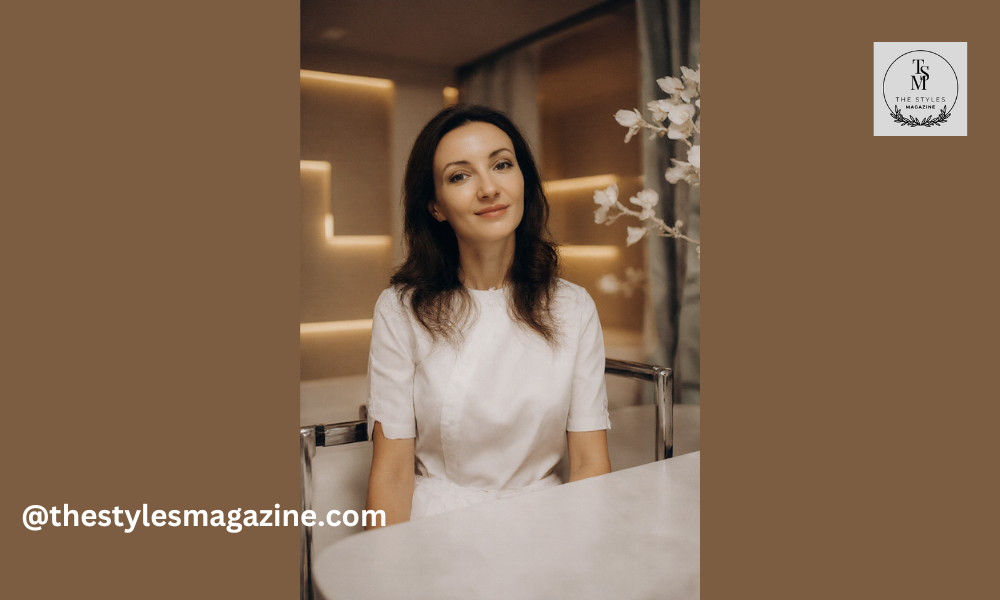Educational Deep Dive — Understanding The Ligament System In Aesthetic Medicine
In the evolving field of aesthetic medicine, few structures have been as misunderstood — or underutilized — as the facial ligament system. Yet this system may hold the key to unlocking longer-lasting, more natural results. At the center of this anatomical revolution is Hanna Shabanova, whose BioLifting Structure™ method has redefined how ligaments are approached in facial rejuvenation.
Her core belief is simple but powerful:
Beauty is not just skin-deep. It is held together by structure.
What Are Facial Ligaments — And Why Do They Matter?
Facial retaining ligaments are fibrous connective tissues that anchor the soft tissue of the face to the underlying facial bones. They serve as the invisible scaffolding that maintains the position of skin, fat pads, and fascia. When healthy, they support facial contours, lift key zones, and preserve youthful balance.
But with age, these ligaments stretch, weaken, and descend, contributing to:
- Sagging cheeks and jowls
- Loss of jawline definition
- Midface volume shift
- Under-eye hollowing and laxity
While most aesthetic procedures aim to camouflage these effects, Hanna’s method addresses the root cause: ligament laxity and the collapse of foundational support.
A Regenerative, Structural Approach
Rather than using dermal fillers to volumize sagging tissue, Hanna targets the ligaments directly. Under ultrasound guidance, she injects PRP (Platelet-Rich Plasma) and PDRN (Polynucleotides) into sub-ligamentous zones, where the aging process begins.
These bioactive materials do more than stimulate collagen — they restore mechanical tension, improve dermal quality, and reinforce the face’s internal suspension system.
“If you don’t treat the ligament,” Hanna says, “you’re just inflating the symptom. Not fixing the foundation.”
This anatomical approach produces lift without bulk, structure without stiffness, and results that age gracefully, not artificially.
Teaching Ligament Literacy
As an educator, Hanna emphasizes anatomical literacy. In both her webinars and hands-on courses across the U.S. and Europe, she trains doctors to locate, map, and treat specific ligament zones. Her students don’t just learn technique — they learn interpretation.
Key areas of focus include:
- Zygomatic ligaments — critical for midface and cheek elevation
- Mandibular ligaments — central to jawline sharpness and jowl prevention
- Orbital retaining ligaments — stabilizing the under-eye and preventing tear trough volume loss
- Masseteric ligaments — important for lateral facial support and aging tension
By restoring these zones biologically, Hanna’s trainees achieve results that surpass traditional filler methods — with better facial dynamics, symmetry, and patient satisfaction.
A New Standard For Clinical Practice
Hanna’s mission is to build a generation of structural thinkers, not surface-level injectors. She believes every aesthetic practitioner should possess a detailed understanding of facial anatomy — not just for better outcomes, but for patient safety and ethical integrity.
Her BioLifting curriculum integrates:
- Ultrasound-based ligament assessment
- Real-time depth control during procedures
- Aging-pattern recognition by facial quadrant
- Pre- and post-treatment facial mapping
This methodology has already influenced aesthetic clinics in Florida, Milan, Kyiv, and Dubai, with more educational centers opening soon.
Lifting Through Knowledge
The rise of ligament-based rejuvenation marks a turning point in modern aesthetics — one where regeneration replaces volume, and biology replaces artificiality.
Thanks to pioneers like Hanna Shabanova, the next chapter of beauty isn’t about erasing age. It’s about understanding it — and lifting from the inside out.
Thank you for exploring our Blog! For additional captivating content, feel free to explore the corresponding category.
How Botox And Modern Aesthetic Medicine Are Changing The Face Of Aging

